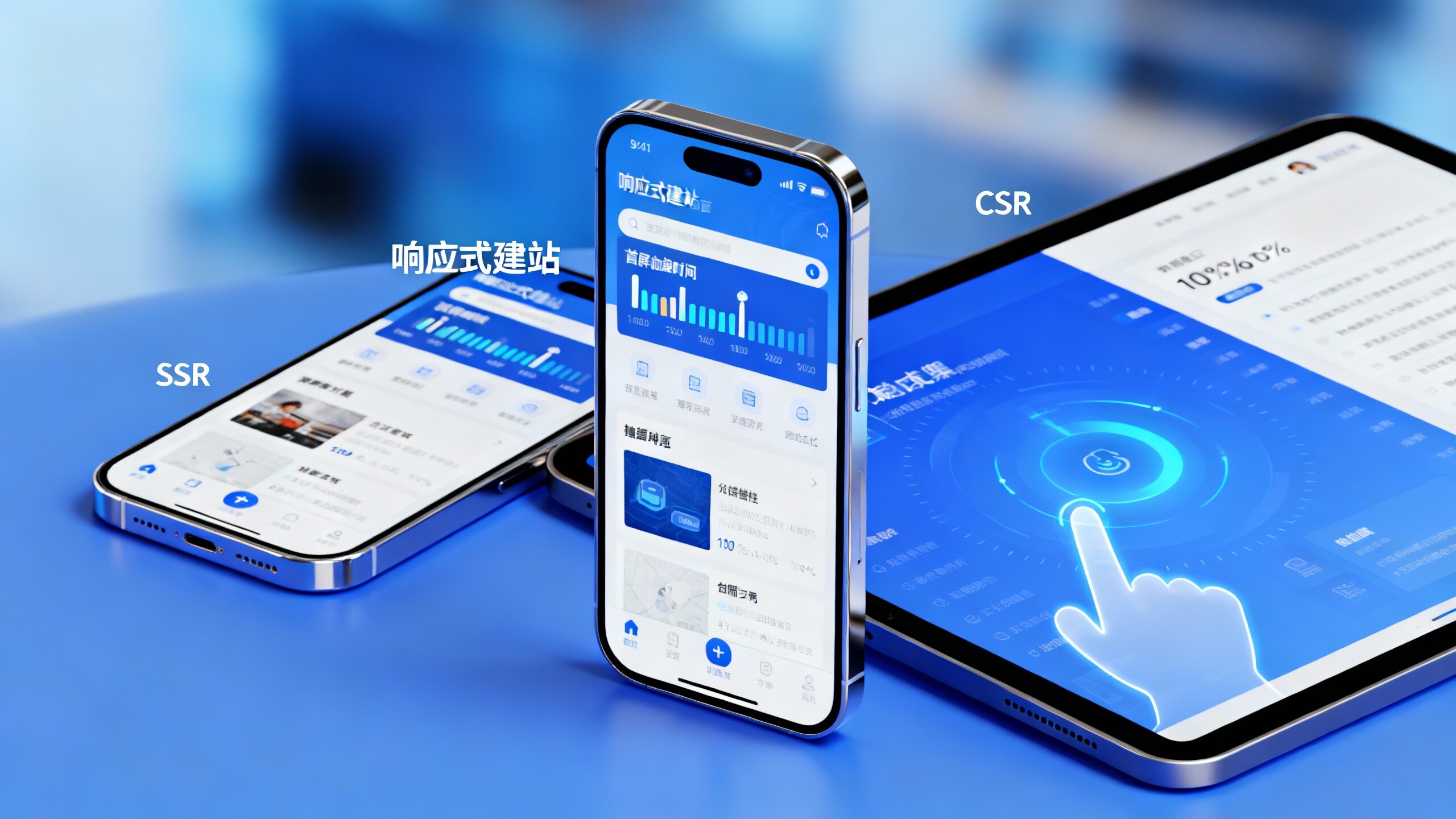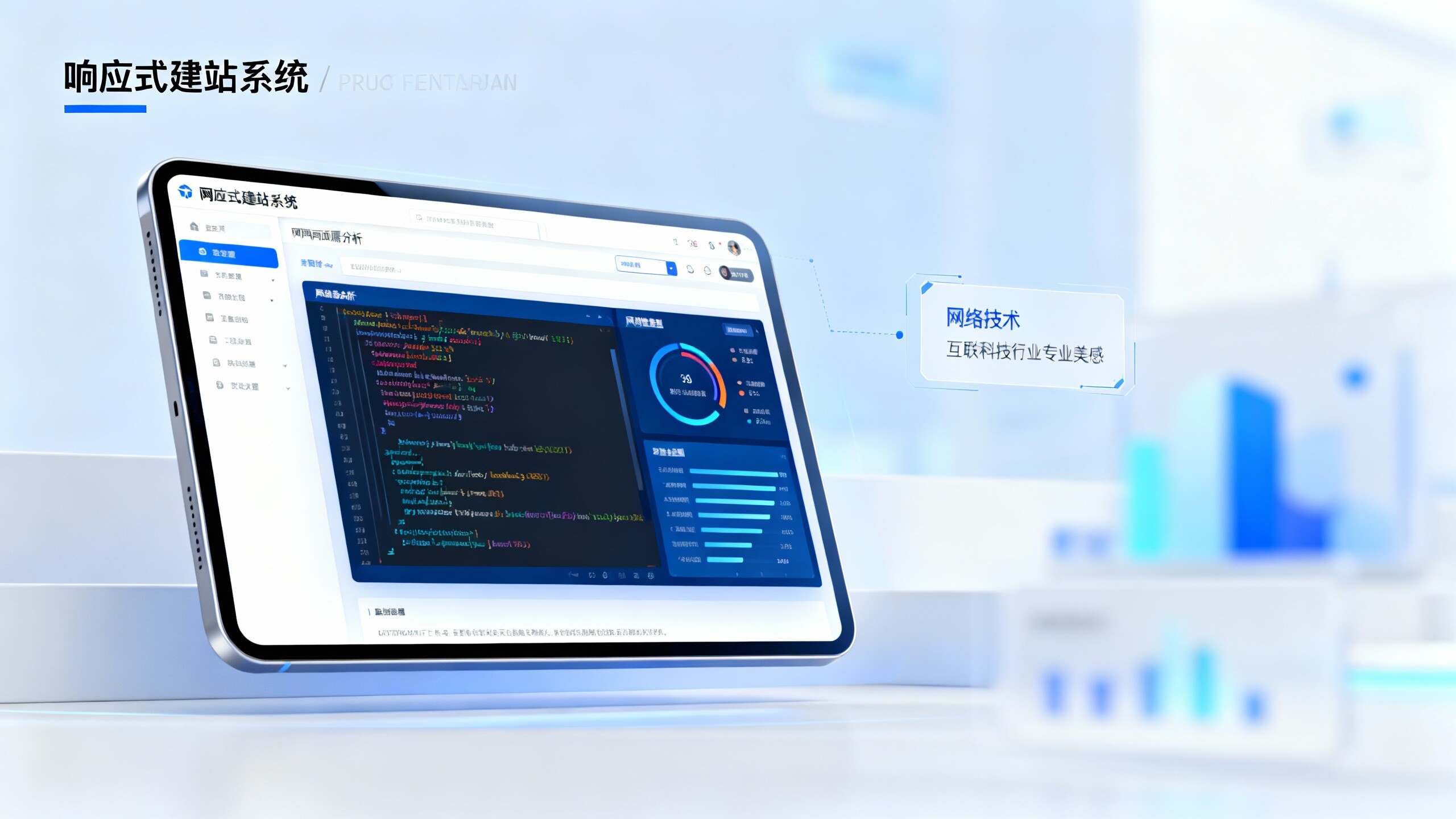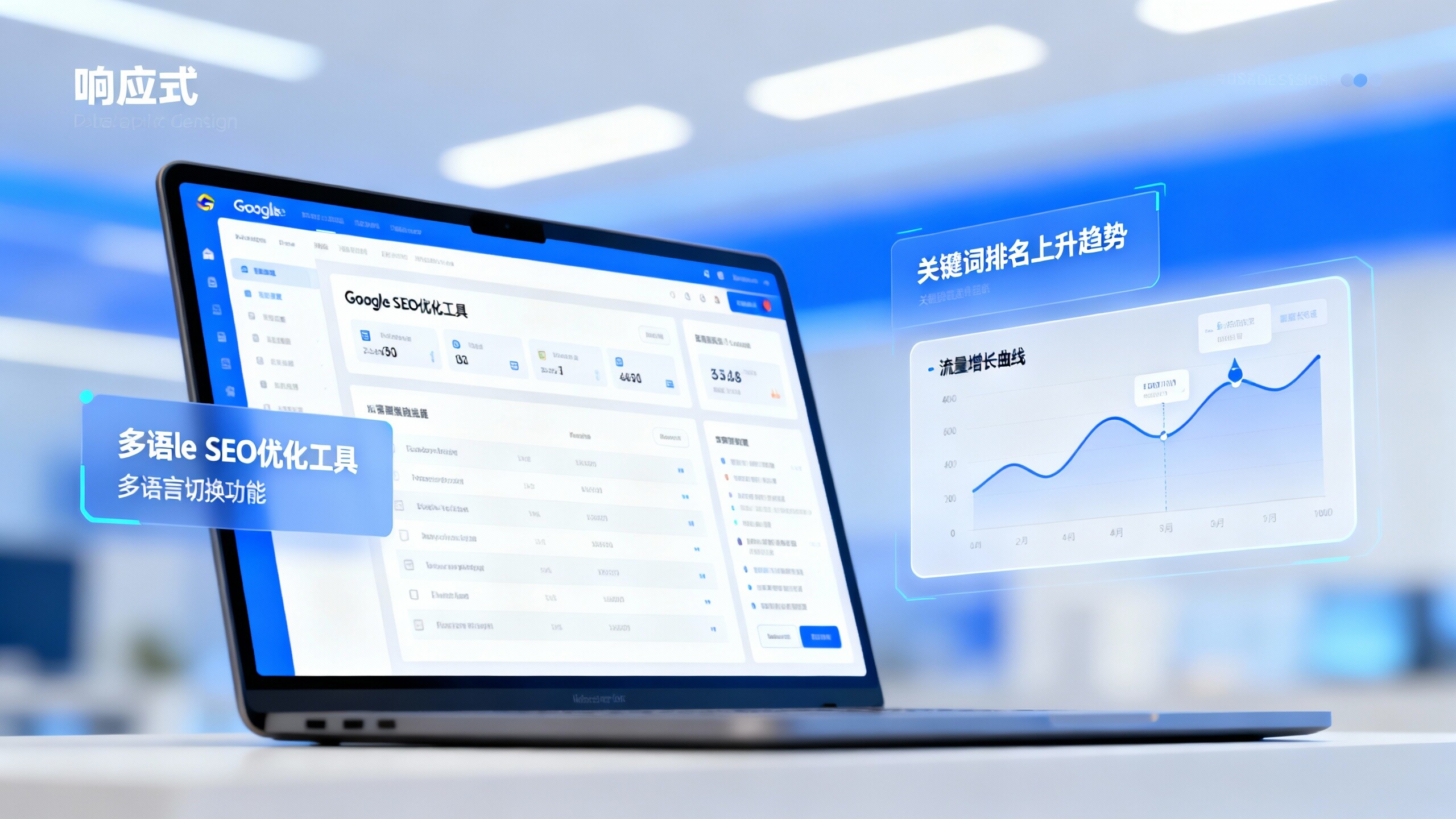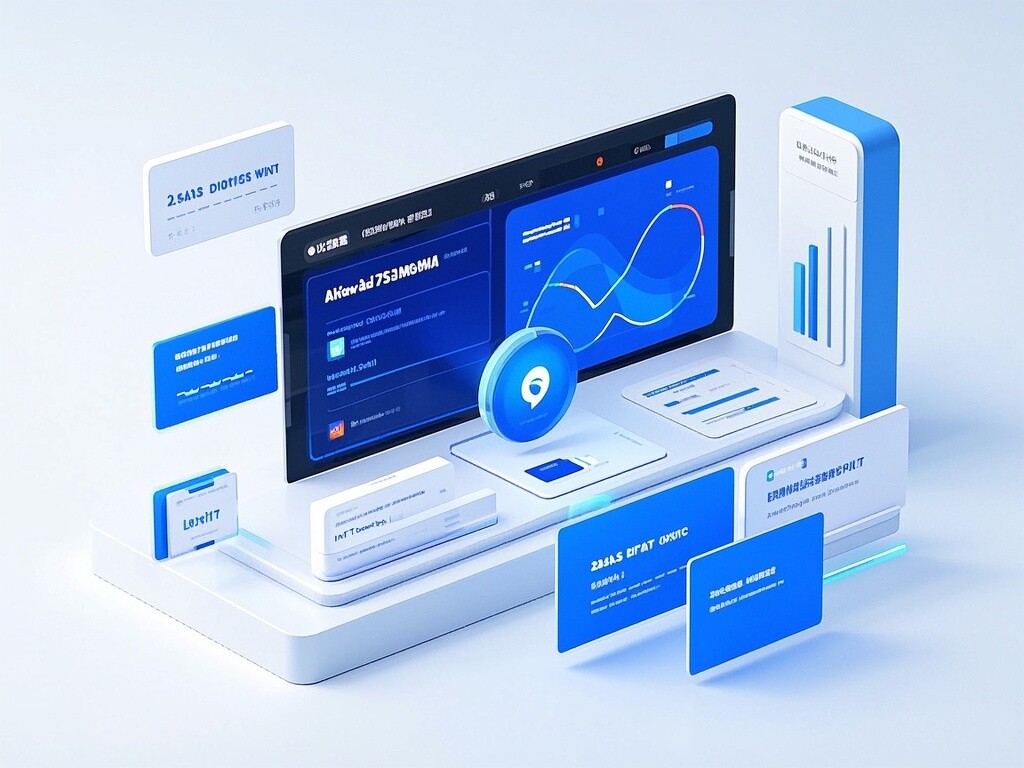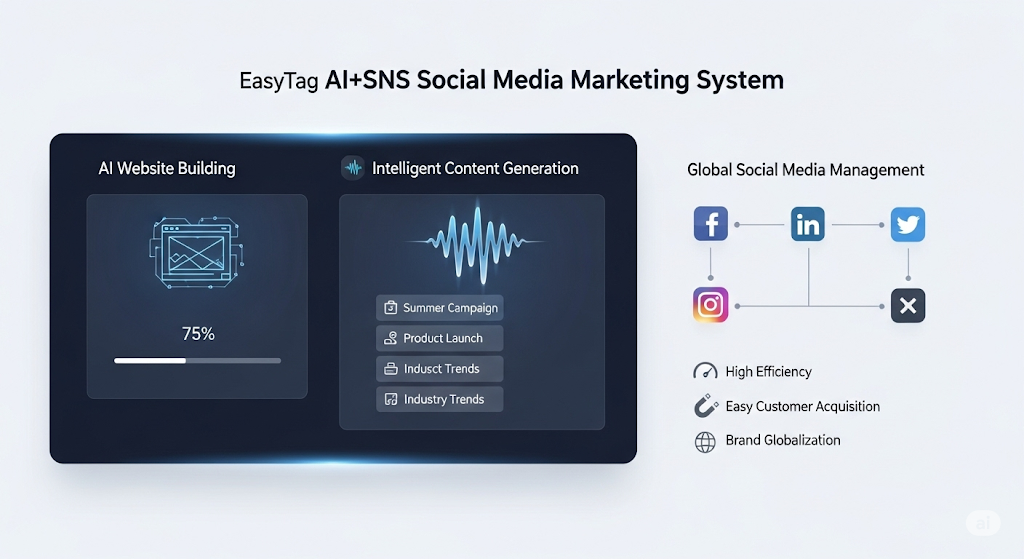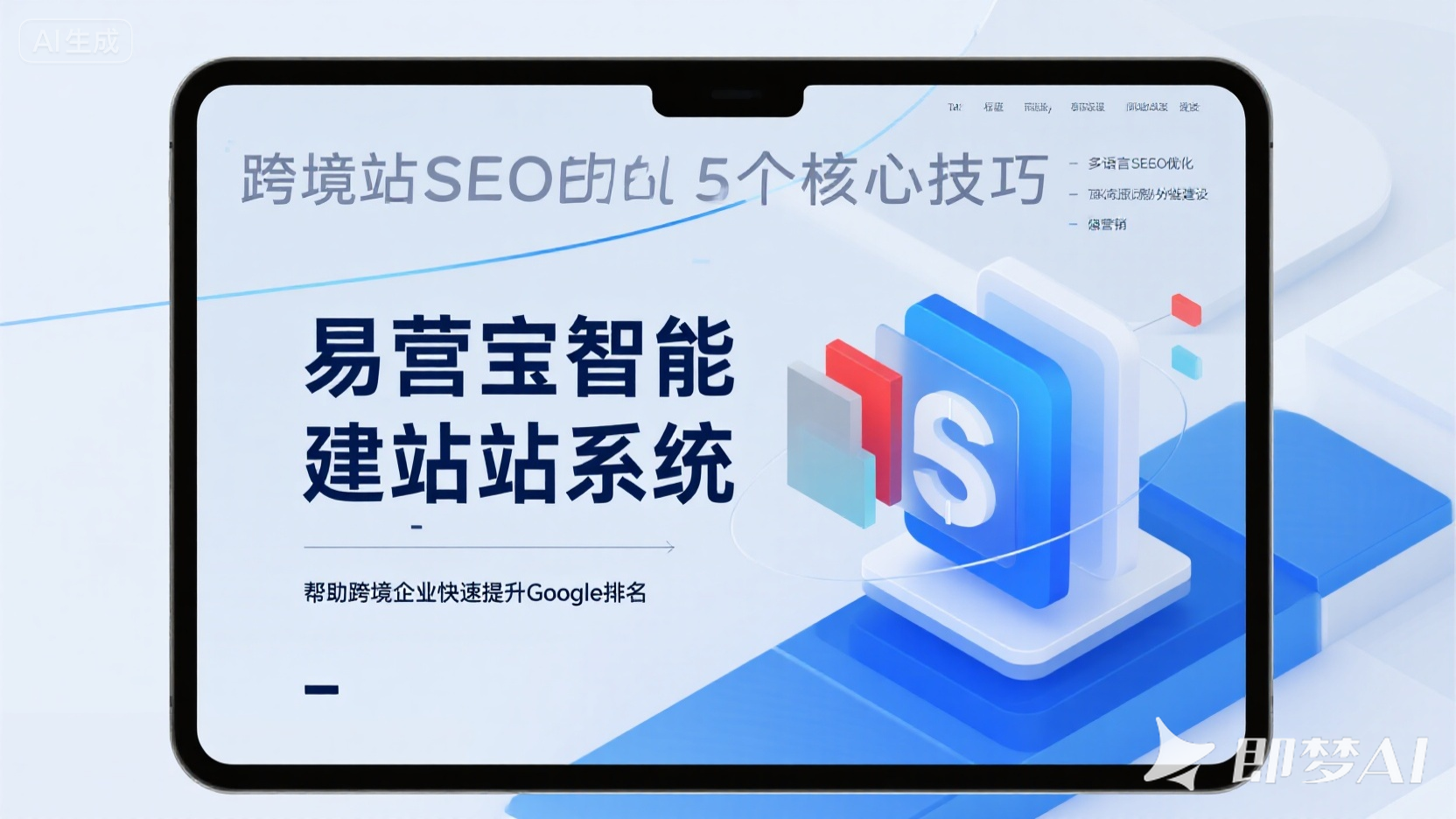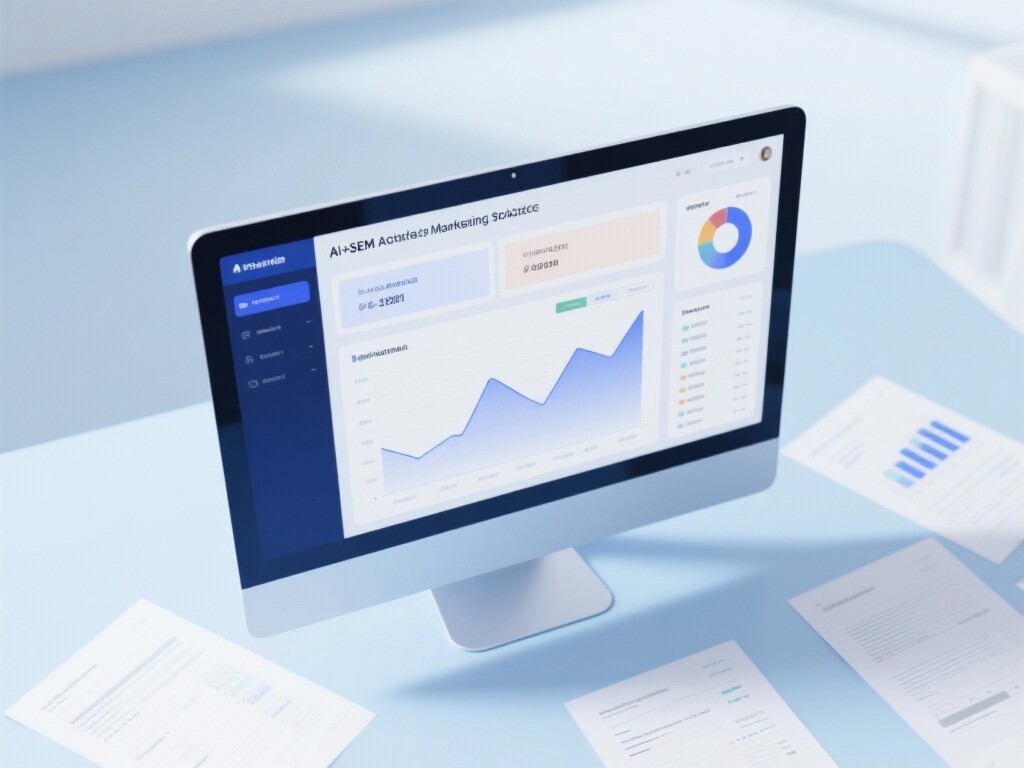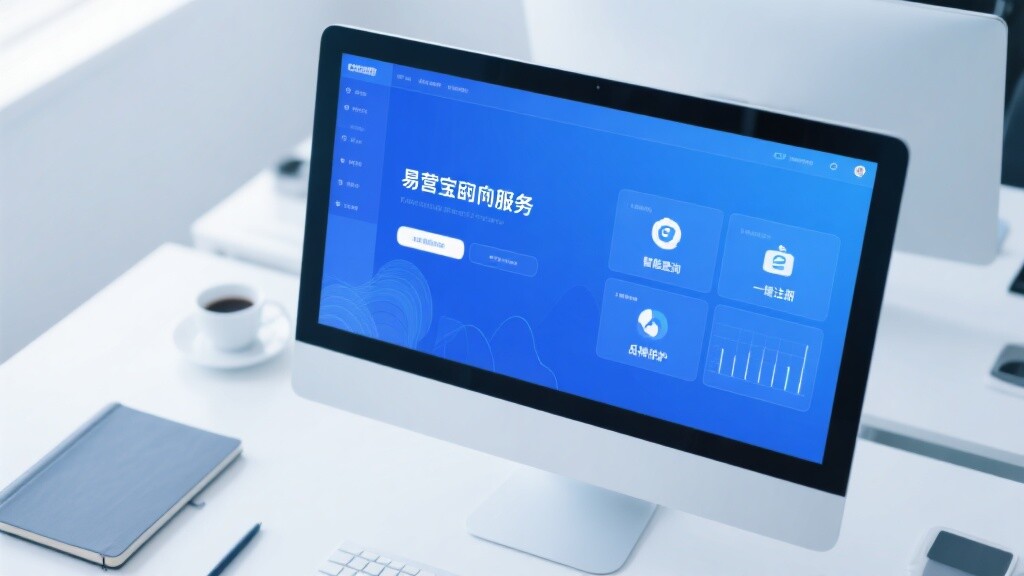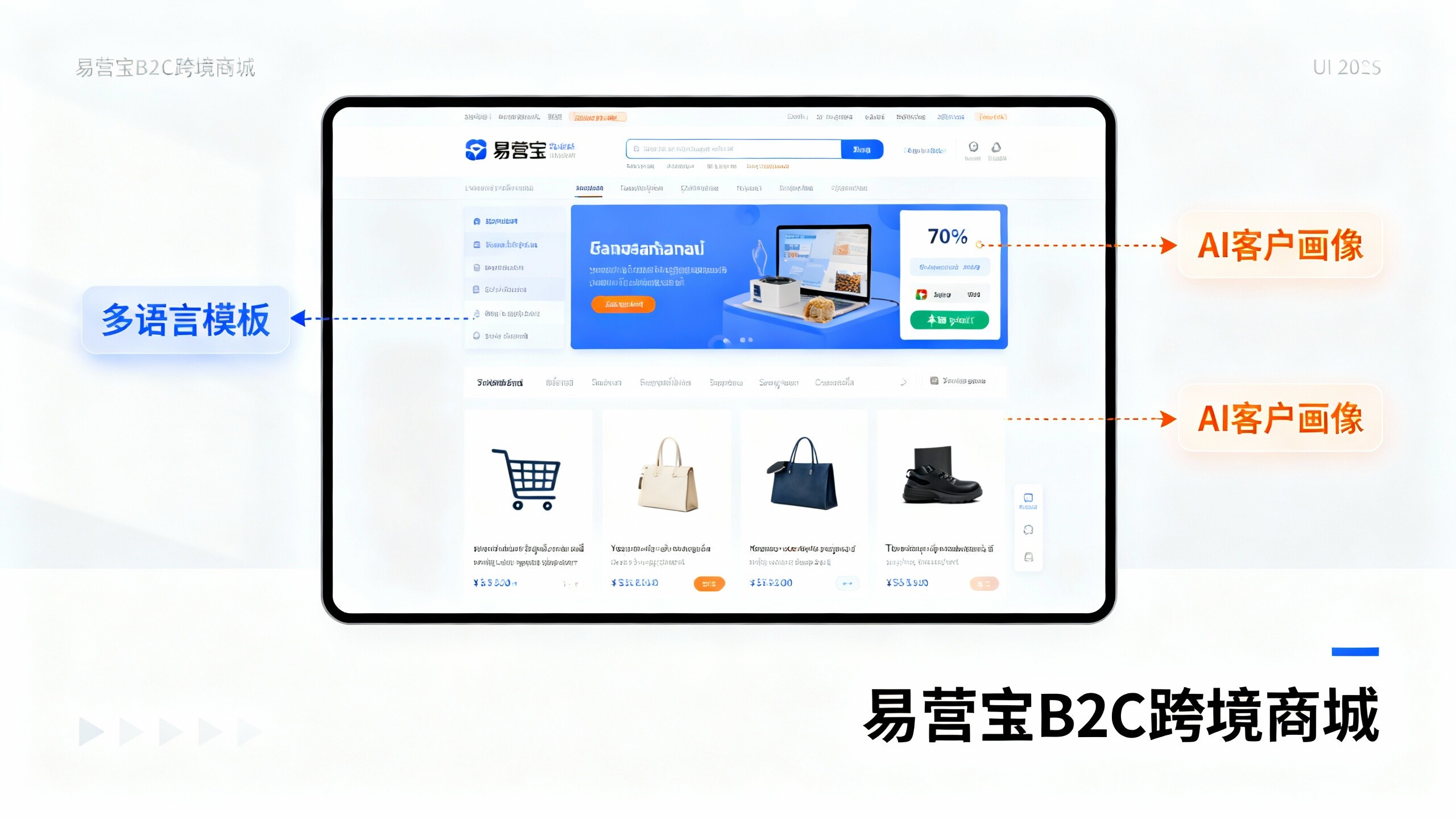Easy Camp Cloud Intelligent Website Construction and Marketing System Platform!
- After the launch of the multilingual foreign trade website system, overseas inquiries doubled? Real data speaks for itself2025-11-28View Details
- New Trends in Cross-Border E-commerce Website Development: AI+Geolocation Targeting to Precisely Reach Overseas Customers2025-11-27View Details
- Enterprise Multilingual CMS vs. Regular Website Builders: Where Does the Gap Lie?2025-11-28View Details
- SaaS建站系统对比:为什么90%出海企业选全球建站SaaS平台?2025-11-27View Details
- Is a responsive self-service website system really suitable for foreign trade enterprises? Feedback from real users2025-11-27View Details
- Where are Yiyingbao Trustpilot reviews user complaints concentrated? Real cases and solutions2025-11-28View Details
- IDC SaaS Platform User Satisfaction Report Highlights: 5 Key Metrics to Evaluate Your SaaS Website System Compliance2025-11-27View Details
- Smart Website Market Report: Market Size, Growth Drivers, and Top 3 Opportunities in the Next 3 Years2025-11-28View Details
Responsive Website System Selection Guide: 3-Minute Evaluation of Mobile Rendering and User Experience
Learn the pros and cons of responsive website building systems in three minutes: judging mobile rendering and user experience – practical tips based on the YiYingBao SaaS platform and multilingual website building system.
This article is aimed at information researchers and actual users/operators, focusing on how to quickly assess the quality of mobile rendering methods and interactive experiences when choosing a responsive website building system. Mobile access has become the primary source of traffic. When comparing SaaS website building systems, multilingual website building systems, or evaluating services like the EasyCreative SaaS platform, businesses are most concerned not with fancy features, but with rendering performance, touch responsiveness, first-screen loading, and SEO friendliness. This article will provide a practical checklist, quantifiable indicators, and optimization suggestions to facilitate rapid decision-making during product evaluation, supplier engagement, or internal testing phases.
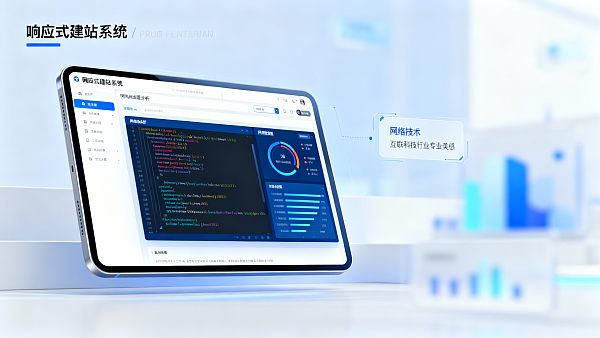
1. Identify mobile rendering type within three minutes: Server-Side Rendering (SSR) or Client-Side Rendering (CSR)?
Determining whether a responsive website system uses server-side or client-side rendering in a short time is crucial for first-screen speed, SEO performance, and time to first click (TTI). Common quick checking methods include: viewing the page source code, simulating slow network conditions and environments without JavaScript, and using the browser's network and performance dashboards. The specific steps are as follows:
Step 1: View the page source code. After opening the mobile page, select "View Source". If the main content (such as product title, meta description, and homepage text) is visible in the HTML, it tends to be SSR; if the source code is blank and content is injected via JavaScript, it tends to be CSR. This is especially important for SEO and third-party reputation display on platforms like Yiyingbao and Capterra reviews, as server-side rendering is beneficial for stable crawling by search engines and crawling tools.
Step Two: Disable JavaScript and reload the page. Set your browser to disable JS or use script-free mode and observe if the first screen is still readable; if readable, prioritize SSR or pre-rendering. Step Three: Measure the Time to First Byte (TTFB) and First Content Render (FCP) under simulated mobile network conditions (3G/4G slow speed). A reasonable TTFB should be below 600ms, and the closer the FCP is to 1s, the better. E-Creator's data on global server clusters and CDN acceleration has been verified to improve loading speed by approximately 40%. This type of quantitative data can serve as a benchmark for supplier commitments.
Furthermore, referencing user satisfaction data from IDC SaaS platforms or actual user feedback in Yiyingbao Trustpilot reviews can cross-validate the vendor's performance in real-world network environments. When evaluating smart website building market reports or industry analyses, companies should prioritize rendering type as a primary dimension, as it directly impacts SEO stability, social media sharing and crawling, and ad landing page quality.
II. Quick Checklist for Touch and Operation Experience: From Click Latency to Gesture Logic

Mobile user experience encompasses more than just page loading speed; it also includes touch responsiveness, UI adaptation, and viewport behavior. Below is a 3-minute checklist for touch experience that users and front-end developers can use to assess the interactivity maturity of a responsive website system:
Click latency: Test common interactions (buttons, links, dropdowns, carousels) on a real device and evaluate whether the latency from click to feedback is less than 100ms. A latency higher than this threshold will significantly reduce conversion rates.
Touch target size and safe area: Ensure that the size of buttons and clickable elements is no less than 44×44 pixels to avoid accidental touches, especially on product lists and form pages.
Scrolling smoothness and inertia: Test scrolling lag, bounce, and the behavior of fixed elements (such as the bottom purchase bar) on long lists or product pages. Poor smoothness will directly affect user retention and conversion.
Form input and keyboard behavior: Check for autofocus on input boxes, keyboard obscuring, autofill of phone numbers/addresses, and mobile shortcuts (such as tel/mail). These details are especially crucial for the form delivery rate of foreign trade companies.
To quantify these experience metrics, it is recommended to combine Web Vitals (such as CLS, LCP, FID) with custom RUM (Real User Monitoring) data. By comparing typical values from vendors' smart website building market reports or referencing performance diagnostic results from platforms like YiYingBao SaaS, you can quickly determine whether a SaaS website building system's engineering implementation on mobile devices is adequate.
III. Multilingual Website Building and SEO Adaptation: How to Balance Localization and Crawl Efficiency on Mobile Devices
For foreign trade companies expanding overseas, multilingual website building systems not only need to be accurate in language translation, but also need to be compatible with search engines in terms of mobile semantics, URL structure, and hreflang annotations. Key evaluation points include: language-specific domain names or subdirectories strategy, server geographic distribution, page language declarations, and the quality of automatic translation.
A superior multilingual strategy directly leads to higher organic traffic and more stable ranking performance. For example, an AI-driven multilingual and TDK (Title, Description, Keywords) auto-generation strategy ensures that each language version has independent and optimized titles, descriptions, and structured data, thereby increasing exposure on search engines worldwide. Combined with the "AI + SEO Dual-Engine System Optimization Service," one-click generation of multilingual content and an intelligent TDK generator can significantly shorten the launch cycle and improve SEO scores.
Simultaneously, pay attention to the correctness of the Canonical and hreflang on mobile devices to avoid being misjudged as duplicate content by search engines. When referring to industry analyses and third-party evaluations of intelligent website building tools (such as Capterra), focus on the crawl logs and indexing rate data of real websites. For foreign trade scenarios, it is recommended to combine advertising data and social media channels (such as integration with Meta and Google Ads) to verify the conversion effect of multilingual pages on mobile devices.
IV. Practical Recommendations: Technical and Operational Judgment Dimensions for Choosing a SaaS Website Building System
Evaluating a SaaS website building system from both technical and operational perspectives can be summarized into six quantifiable metrics: First Page Load (LCP), stability (availability/error rate), rendering mode (SSR/CSR), mobile adaptation (touch and forms), multilingual and SEO support, and the platform's operational and compliance capabilities. The following outlines a practical evaluation process:
Create a test page: Create a standard test template that includes a list page, a details page, a form, and a multi-language switch, and test it in a real mobile network, a simulated slow network, and a JavaScript-free environment.
Performance audit: Key metrics (FCP, LCP, FID, CLS) are collected using PageSpeed, Lighthouse, and a self-built RUM. Suppliers with LCP < 2.5s and CLS < 0.1s under normal network conditions are preferred.
Review SEO automation capabilities: Focus on features such as automatic generation of TDK (Title, Description, Keywords), one-click keyword matrix, and automatic generation of structured data and image ALT text. These features can automate SEO workload and ensure consistent quality.
Verify global deployment and security: Check for CDN nodes, automatic SSL, DDoS protection, etc.; these are important infrastructures to ensure the stable arrival of foreign trade traffic.
Based on third-party feedback and industry reports: combining Yiyingbao Capterra reviews, Yiyingbao Trustpilot reviews, and IDC SaaS platform user satisfaction data, we verified the supplier's long-term stable performance and customer support capabilities.

In practical implementation, choosing an integrated platform that provides technical SEO audits, batch AI article generation, and page load speed diagnostics is more conducive to continuously improving customer acquisition and conversion efficiency on mobile devices. For easy trial and large-scale deployment, consider the following product example: AI+SEO Dual-Engine System Optimization Service . This service has comprehensive capabilities in keyword mining, automatic TDK generation, one-click multilingual content generation, and page load speed diagnostics, making it a preferred tool for foreign trade enterprises.
Case Overview and Reference Indicators
Brief Case Study: After switching to a responsive website building system that supports SSR and global CDN, a foreign trade client experienced a 35% decrease in first-page load time, an 18% increase in mobile conversion rate, and an approximately 25% increase in advertising ROI. Such quantifiable returns are not isolated cases in smart website building market reports but rather replicable engineering improvement results. It is recommended to include A/B testing data from real websites and third-party audit reports in the supplier evaluation list to enhance the verifiability of decisions.
Summary and Action Guidance
Judging the mobile rendering and user experience of a responsive website building system in a short time requires combining rendering type identification, touch experience checks, multi-language and SEO adaptation capabilities, and quantifiable performance metrics. For information researchers and users, establishing a standardized testing template and referring to third-party reviews (such as Capterra, Yiyingbao Capterra reviews, etc.) and industry reports can significantly reduce selection risks. Choosing a platform that provides end-to-end AI and technical optimization capabilities can create a sustainable competitive advantage in content production, technical SEO, and mobile adaptation.
If you'd like to quickly complete mobile adaptation and SEO optimization with an AI-driven system, and want to learn more about platform integration, performance diagnostics, and trial solutions, please contact us immediately for a customized assessment and demo. For more solutions or a free trial, please contact our product consultants to start improving mobile performance and global conversions today.
- Google Ads
- Easy Treasure
- SEO
- Smart Website
- EasyBusiness SaaS Platform
- SaaS Website System
- Multilingual Website System
- Responsive Website System
- Responsive Web Design
- Smart Website Market Report
- Smart website industry analysis
- IDC SaaS Platform User Satisfaction
- Yiyingbao Trustpilot reviews
- Easy Insurance
- Capterra Easy Treasure
- Yiyingbao Capterra Reviews
Related articles
 Can enterprise-level multilingual CMS handle high concurrent access? Pressure test results published
Can enterprise-level multilingual CMS handle high concurrent access? Pressure test results published Does the responsive self-service website building system support Google local SEO? The answer is here
Does the responsive self-service website building system support Google local SEO? The answer is here Common Pitfalls in Cross-Border E-Commerce Website Development? Have You Avoided the Traps 90% of Companies Fall Into?
Common Pitfalls in Cross-Border E-Commerce Website Development? Have You Avoided the Traps 90% of Companies Fall Into?
Related products

